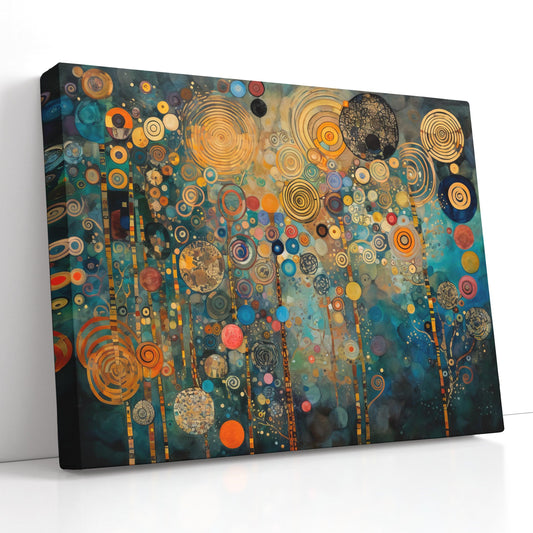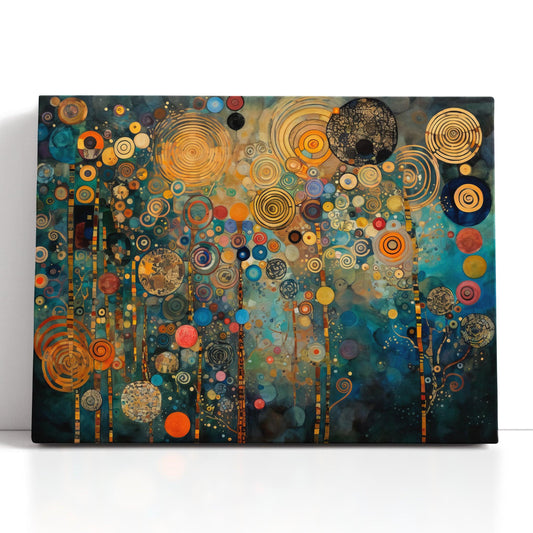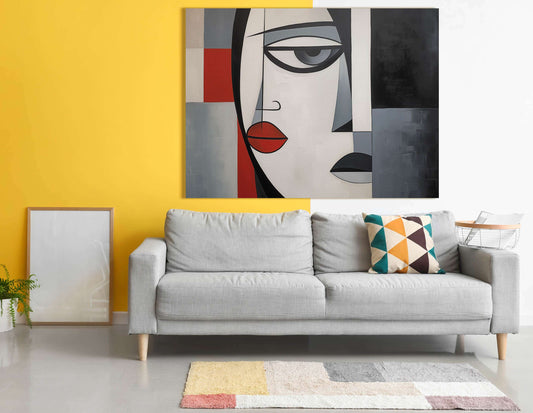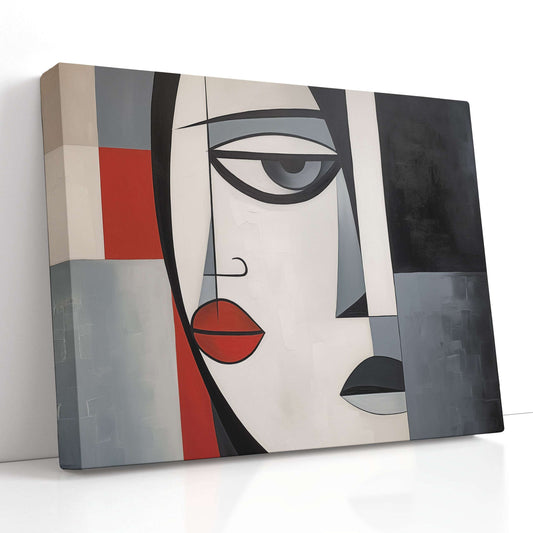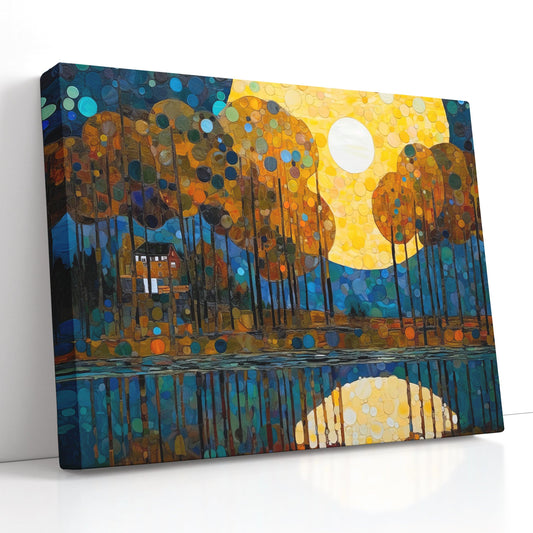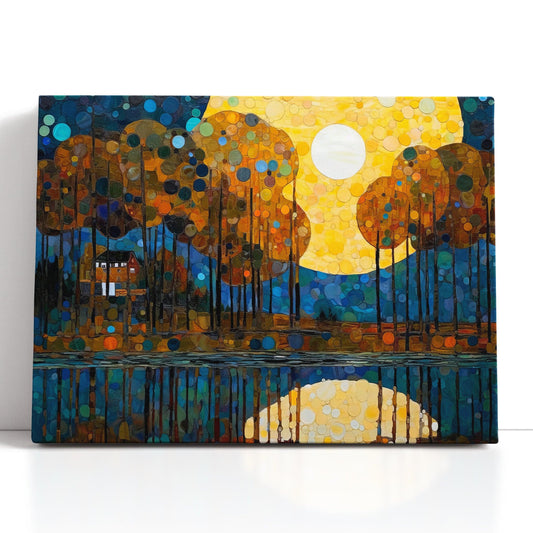While snails can symbolize laziness, their shells have long inspired art by Terry and Kim Kovel
Snails have a lot of negative associations. Their slow movement makes them a symbol of laziness and inefficiency. They are garden pests, eating plants and oozing slime. And yet they often appear in decorative arts, like this miniature brass figure that sold for $51 at an auction by The Benefit Shop Foundations. Its shell is decorated with colorful glass “jewels,” a popular adornment on brass in the Victorian era.
The beauty and geometry of snail shells has captured artists’ minds for thousands of years. The image of the “lazy” snail is often reinterpreted to have themes of patience and perseverance; not to mention the utility of carrying one’s house wherever they go. Remember, slow and steady wins the race.
Q: You wrote an article about Windsor chairs that says, “The more spindles on an antique Windsor, the earlier and better the chair.” Can you help me understand a little bit better? Are nine-spindle bow back side chairs generally a little earlier than seven-spindle bow back side chairs?
A: Windsor chairs, sometimes called “stick furniture” for their lathe turned legs and spindle backs, were first made in England in the late 1600s. They were made in America about 1730. Variations include bow back, sack back, comb back and more. Chair construction grew simpler over time, and this included using fewer spindles. Some later Windsor chairs have as few as four spindles. In our experience, Windsor chairs with nine spindles tend to date a little earlier than those with seven spindles. The nine-spindle chairs we usually see date to the late 1700s; seven-spindle chairs, early 1800s. There is some overlap; there was no single standard for the number of spindles, and there were many regional variations of Windsor chairs. While it is a good general rule, the number of spindles is not always a guarantee of a chair’s age. It does not apply to reproduction chairs. Remember that Colonial-style furniture experienced revivals in the late nineteenth and early twentieth centuries.
Q: I have a couple of old scores and cannot find any info on them. Just wondering if they might have any value over the typical $5 to $10. They are: a music score/transcript titled “The Miners Dream of Home” sung by Leo Dryden and dated 1892 and “Cavalleria Rusticana — Potpourri for Pianoforte” by Pietro Mascagni. The only date I can see on it is 1846 but that could be an “originating” date, as opposed to a printing date.
A: One of the major reasons for collecting sheet music, and therefore one of the most important factors in its value, is the cover art. Generally, the smaller the picture on the title page, the older the sheet music. Full pictures were used by the 1870s. Color pictures were introduced in the 1840s, but most 19th-century sheet music had black-and-white cover art. Cover art can also add to the sheet music’s crossover appeal, which increases the value. For example, sheet music with a picture of a car on the cover will also appeal to automobilia collectors. A picture of a political figure or event will appeal to political collectors, and so on. To help date your sheet music, check the size. Before 1917, most sheet music was printed on 13½-by-10½-inch pages. After 1920, 12 by 9 inches became the standard size. Be careful, though: some older sheet music was cut to a smaller size. This lowers its value. “The Miner’s Dream of Home” was an English music hall song that Leo Dryden and Will Godwin wrote in 1891. Dryden was the first to perform it, and he first recorded it in 1898. Since then, it has been performed as a music hall song, folk song or New Year’s song by many other artists. Cavalleria Rusticana, Pietro Mascagni’s most famous opera, premiered in 1890. Advertising posters and prints of scenes from the opera have sold for about $50 and up at recent auctions, so the sheet music may have a similar value.
Q: I have inherited an 80-piece set of china made by Meito China with hand-painted gold trim. It has 20 bowls, 20 small plates, big plates, the wine glasses and collectible serving dishes. You name it, I have it. I’m trying to find out just how much it’s worth.
A: Meito China was made in Japan starting about 1908. The company made hundreds of patterns over the next few decades. Unfortunately, large sets of china are difficult to sell and generally do not get high prices. We have seen sets of Meito china sell for about $50 to $150 at recent auctions, depending on the pattern, condition and whether the set is complete. For more information, you could try contacting the Nippon Collector’s Club (www.nipponcollectors.com), which specializes in vintage Japanese porcelain, or a pattern matching service like Replacements, (www.replacements.com), Classic Replacements (www.classicreplacements.com) or Missing Pieces (www.missingpieces.com/).
TIP: Don’t put wood, paper or textiles near heating vents or fireplaces. Heat will harm them.
On the block
Current prices are recorded from antiques shows, flea markets, sales and auctions throughout the United States. Prices vary in different locations because of local economic conditions.
Chair, corner, hardwood, carved, faux bamboo, pierced back, leafy branches, stretcher base, Japan, 26½ inches, $60.
Silver plate, candlestick, flared cup, baluster shaped stem, open leaf mounts, knop, round stepped base, quatrefoil foot, scrolled mounts, marked, Warsaw, Poland, 12 inches, pair, $95.
Pottery, vase, tin glaze, blue, yellow, green, flowers, stripes, stick neck, bulbous base, Persian, 10½ inches, pair, $100.
Auto, pegboard, Milton Test Equipment, race car graphic at top, For Better Performance, red, white and black, 48 by 24 inches, $190.
Washstand, pine, blue paint, vinegar sponge, harp shaped dowel bar, gallery back, lower shelf, dovetailed drawer, square legs, mid-19th century, 53 by 19 by 18 inches, $280.
Lamp, electric, dome shade, reverse painted glass, winter landscape, red ground, gilt metal base, baluster shape, Pittsburgh Lamp, Brass & Glass Co., early 1900s, 23½ by 16 inches, $375.
Rug, pictorial, figures, Immortals, multicolor, yellow calligraphy, dark blue ground, white fringe, Chinese, 2 feet 11 inches by 4 feet 11 inches, $380.
Toy, train, locomotive, sit and ride, Lightning Express, gray, black, red, handlebars, bell, pressed steel, Marx, 27 inches, $390.
Box, necessaire, black, hinged, two clasps, handle, fitted interior, silver toiletries, Gustave Keller, Paris, France, 7½ by 9½ by 13 inches, $960.
Clock, wall, Gustavian, two-train movement, giltwood, caduceus finial, two cornucopia, round dial, rampant griffin supports, carved base, shell pendant, signed, Hans Westman, circa 1800, Sweden, 39 by 27½ inches, $2,270.


